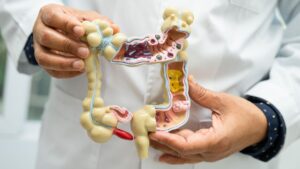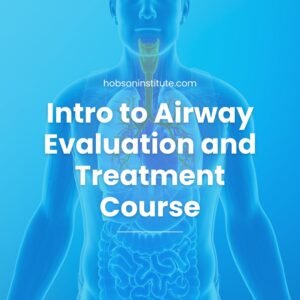As a physical therapist deeply invested in airway health, I’ve witnessed firsthand the transformative power of addressing breathing patterns. While Continuous Positive Airway Pressure (CPAP) therapy remains a cornerstone treatment for obstructive sleep apnea (OSA), many patients struggle with adherence due to discomfort and side effects. One common issue is mouth breathing during sleep, which can lead to dry mouth, air leaks, and reduced therapy effectiveness.
The Importance of Nasal Breathing
Nasal breathing is not merely a preference; it’s a physiological necessity that supports optimal oxygen exchange, filters and humidifies incoming air, and promotes nitric oxide production, which aids in vascular health. Encouraging nasal breathing during sleep can enhance the benefits of CPAP therapy and improve overall sleep quality.
Integrating Mouth Taping with CPAP Therapy
Mouth taping is a technique that gently encourages nasal breathing by preventing mouth opening during sleep. When used in conjunction with CPAP therapy, mouth taping can:
-
Reduce air leaks by keeping the mouth closed
-
Alleviate dry mouth symptoms
-
Enhance the stability of CPAP pressure delivery
-
Promote deeper, more restorative sleep
It’s essential to approach mouth taping cautiously and under professional guidance, especially for individuals with nasal obstructions or severe OSA. Consulting with a healthcare provider ensures that this adjunctive therapy is appropriate and safe.
Enhancing CPAP Comfort
Improving CPAP comfort can significantly impact adherence and treatment outcomes. Consider the following strategies:
-
Ensure your mask fits properly to prevent leaks and discomfort
-
Use a heated humidifier to reduce dryness in the nasal passages and throat
-
Maintain nasal hygiene with saline sprays or rinses to keep airways clear
-
Wear the CPAP mask during the day while watching TV or reading to acclimate to its presence
-
Work with your provider to adjust pressure settings for optimal comfort
A Holistic Approach to Sleep Apnea Management
At the Hobson Institute, we advocate for a comprehensive approach to sleep apnea treatment that considers structural, functional, and behavioral factors. By integrating therapies like myofunctional therapy, breathing exercises, and lifestyle modifications, we aim to address the root causes of airway dysfunction.
If you’re navigating the challenges of CPAP therapy or seeking alternatives to enhance your sleep quality, we’re here to support you. Together, we can explore personalized strategies to optimize your breathing and overall well-being.
Note: This blog post is based on current research and clinical practices. Always consult with a healthcare professional before making changes to your treatment plan.





